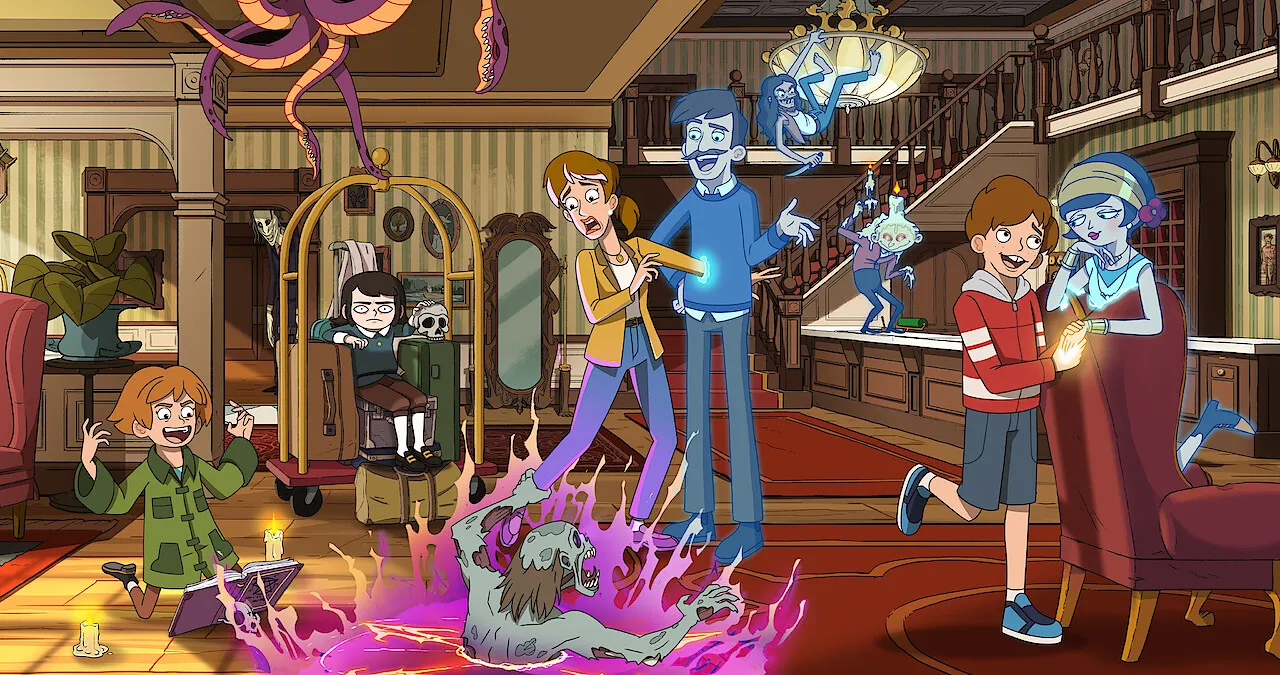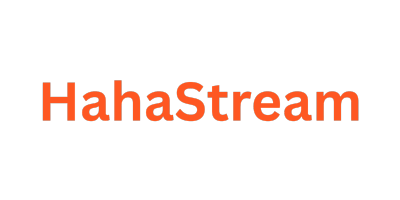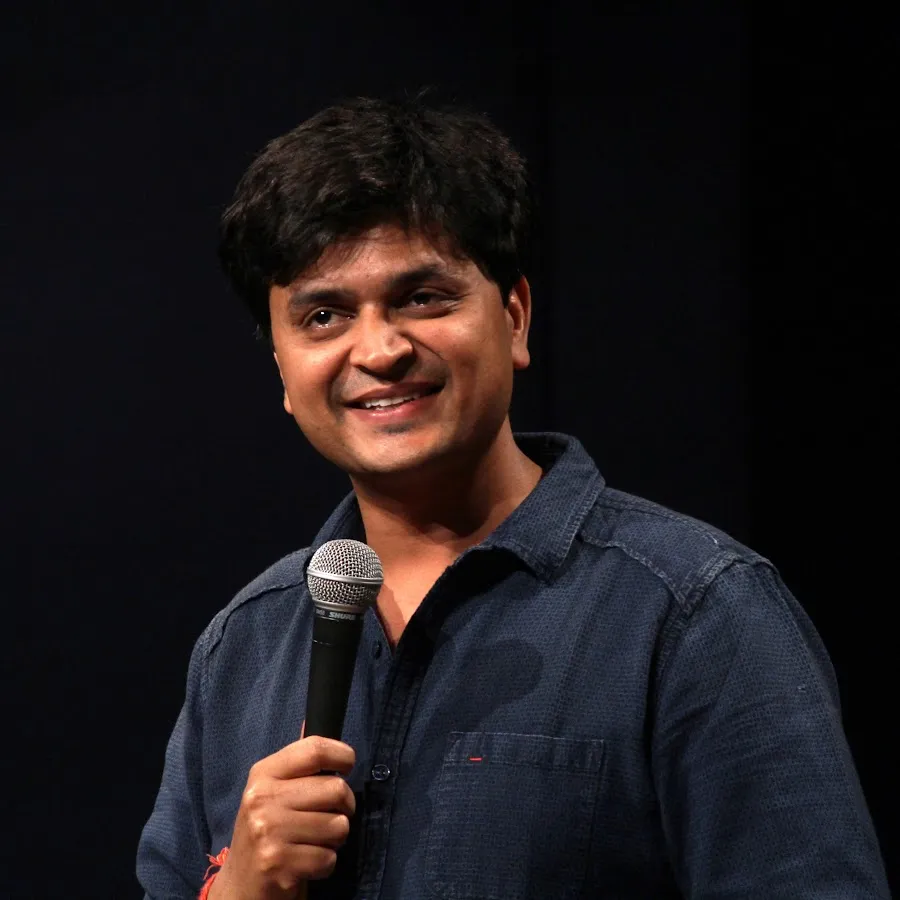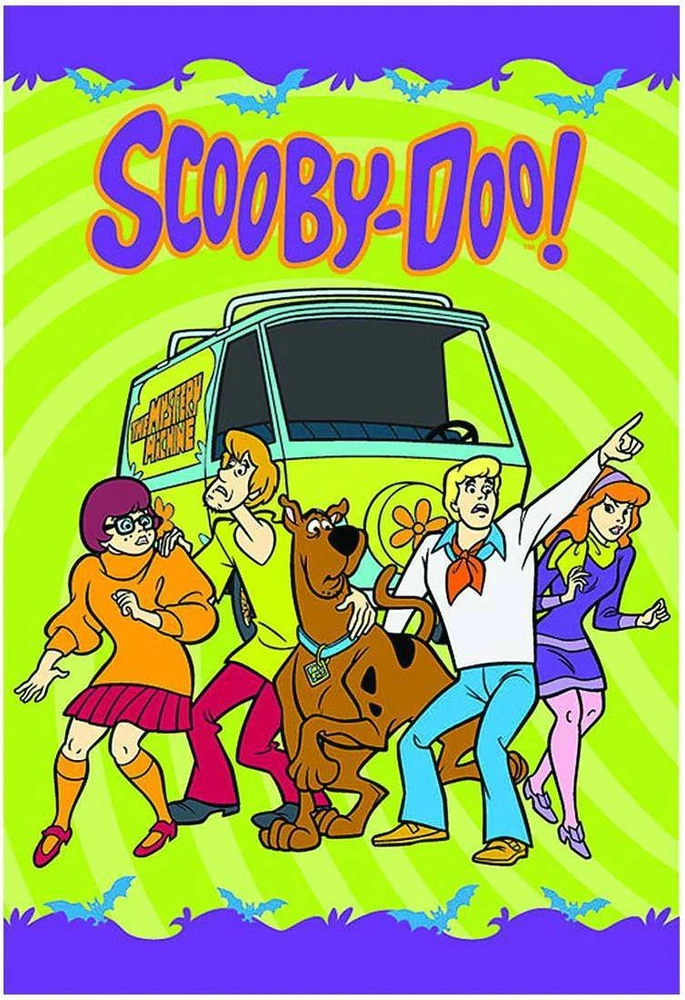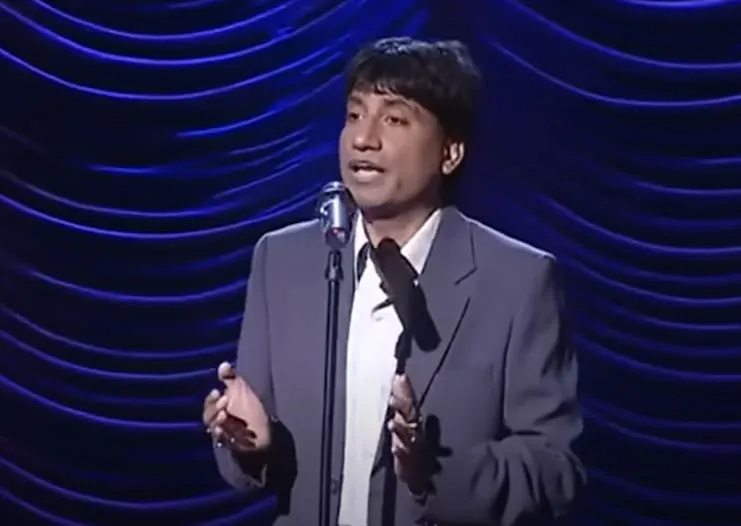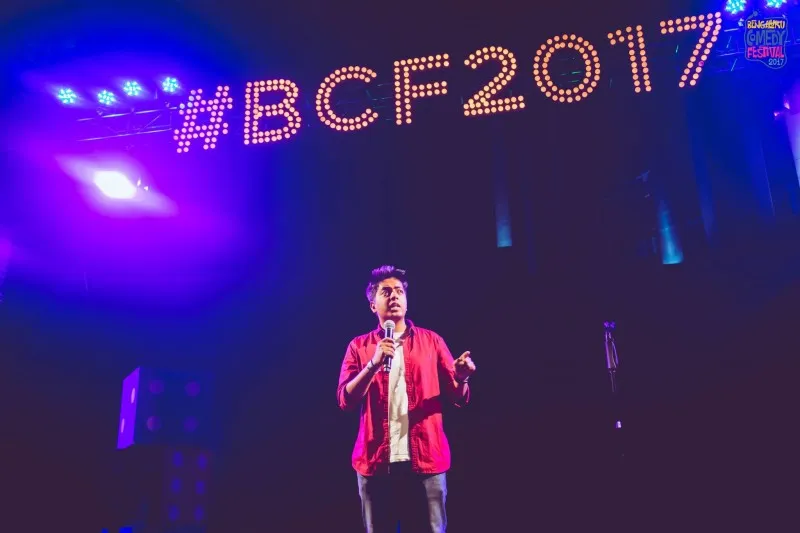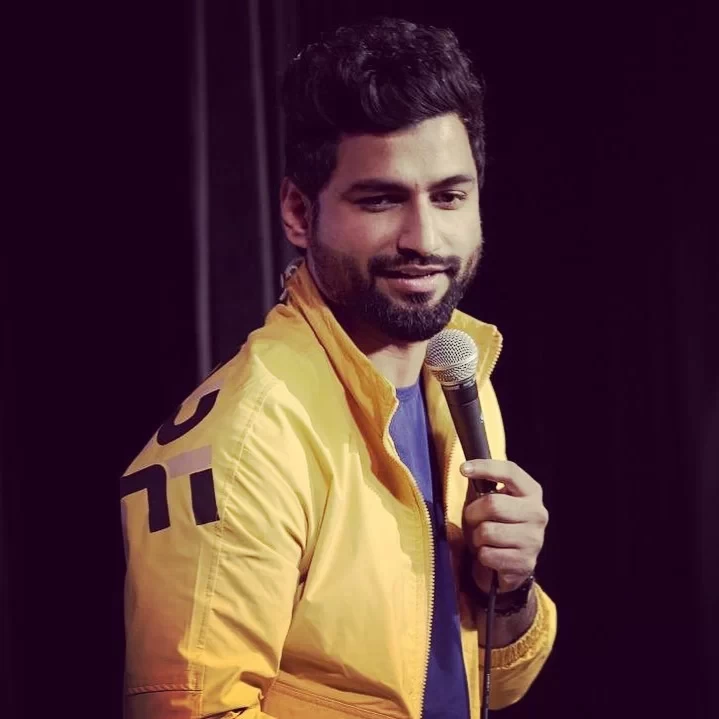How Stand-Up Comedy Evolved in India: From Open Mics to Stadium Shows
Stand-up comedy in India has come a long way. What started as small performances in cafes and open mic nights has now turned into sold-out shows in stadiums and massive fan followings online. In this blog, we will look at how Indian stand-up comedy grew over the years — from a niche hobby to a major part of the entertainment industry.
Early Days: A Niche Scene (Before 2010)
Before 2010, stand-up comedy was not well known in India. A few English-speaking comedians like Vir Das and Papa CJ were performing in private clubs and events. There were hardly any dedicated comedy venues, and most people had never seen a live stand-up performance.
Most humor came from Bollywood movies or TV shows. Laughter Challenge (a TV show launched in 2005) was one of the first platforms to bring Hindi-language comedians like Raju Srivastava and Sunil Pal into the spotlight.
The YouTube Era (2010–2015)
Everything changed with the rise of YouTube. It gave comedians a free stage to showcase their talent. People like:
Vipul Goyal with Humorously Yours
Zakir Khan with his Sakht Launda act
Abhishek Upmanyu, Kenny Sebastian, and Kanan Gill with their observational comedy
Biswa Kalyan Rath through Pretentious Movie Reviews
started gaining millions of views and followers.
Open mics also became more common in cities like Mumbai, Delhi, and Bangalore, and many comedy clubs like Canvas Laugh Club and The Habitat began hosting regular events.
Growth Phase: Comedy Becomes a Career (2016–2020)
By this time, stand-up comedy in India was no longer just a hobby. Many comedians became full-time performers. The audience grew not just in metros, but in Tier-2 cities as well.
Hindi stand-up also became extremely popular. Comedians like:
Anubhav Singh Bassi – with his relatable storytelling
Rahul Dua, Aakash Gupta, and Harsh Gujral – known for their clean yet sharp observations
Vipul Goyal – continued to be popular across all age groups
Ticketed live shows, college tours, and corporate gigs became a big part of the comedy business. Amazon Prime and Netflix also started producing comedy specials, giving comedians a wider reach and financial boost.
Present Day: Stadiums, Series, and Global Reach (2021–2025)
Now, in 2025, stand-up comedy is a full-fledged industry in India. Popular comedians like Zakir Khan and Bassi sell out stadiums with thousands of people. Shows are streamed on OTT platforms, and many comedians tour internationally.
Several comedians also run podcasts, YouTube channels, and comedy sketches. Some, like Neeti Palta, Sumukhi Suresh, and Kaneez Surka, have brought diversity and fresh perspectives to Indian comedy.
There's also a growing number of regional language comedians performing in Tamil, Telugu, Marathi, Punjabi, and more — helping comedy reach every corner of India.
Key Reasons for the Boom
Relatable Content: Comedians talk about Indian families, school days, job struggles, dating, and middle-class life — topics everyone connects with.
Digital Platforms: YouTube, Instagram, and OTT apps made it easier for people to access stand-up anytime, anywhere.
Younger Audience: India’s youth love quick, smart content. Comedy became a way to express opinions, release stress, and have fun.
Low Production Costs: Stand-up needs just a mic and a spotlight — perfect for small creators with big talent.
Final Thoughts
In just over a decade, India has built one of the most exciting comedy scenes in the world. From open mic nights in cafes to sold-out stadiums, the journey of Indian stand-up comedy is inspiring. It has given a voice to a new generation and made laughter a daily part of millions of lives.
If you're a fan of Indian comedy or just discovering it, platforms like HahaStream offer a curated mix of stand-up clips, sketches, and funny shorts to enjoy the best of the genre — anytime, anywhere.
